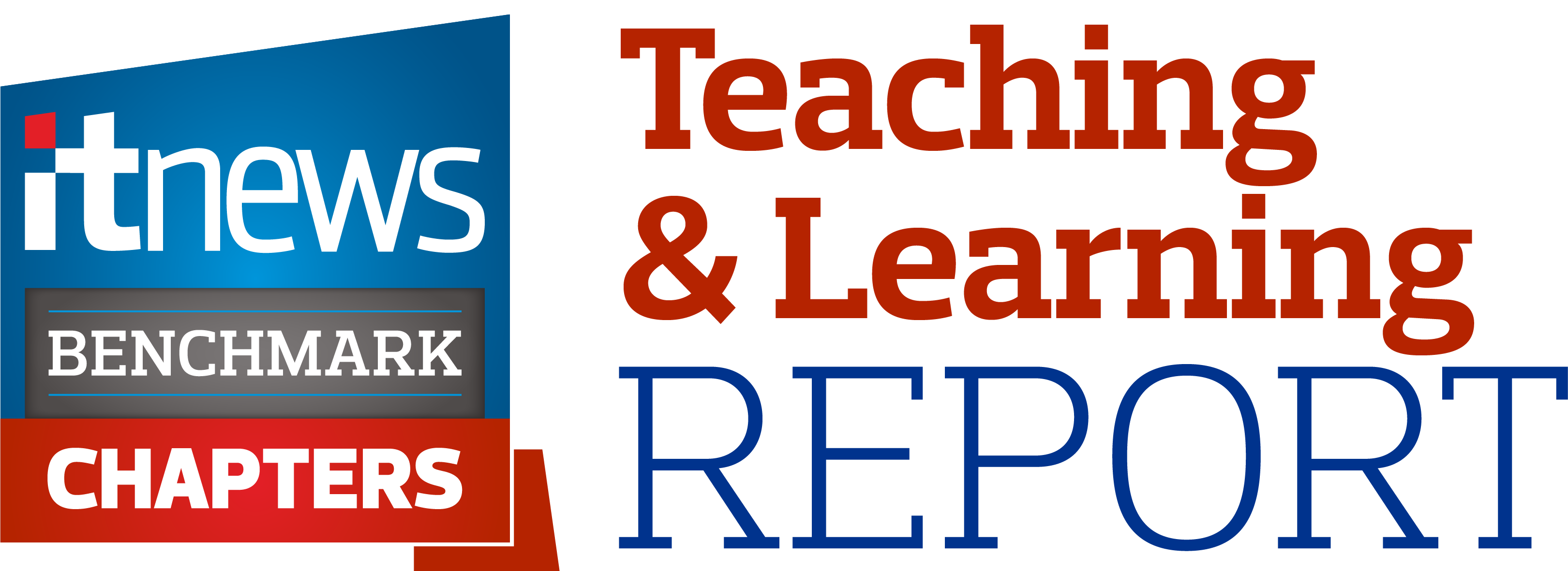
At the turn of the century, society was in crisis over the impact of the internet on learning.
Just over a decade later it was the emergence of social media, quickly followed by the arrival of smart phones and their growing usage in classrooms that caused anxiety amongst educators and parents.
Ten years further on, AI is teaching and learning’s greatest challenge.
Just as each new technological wave has brought significant consternation, educators have risen to each challenge to find ways to use emerging technologies to enhance teaching and learning.
Although perhaps differently this time around, the outcomes from the impact of AI are particularly hard to predict.
Learning by doing
One institution that has opted to dive into the possibilities of AI is the University of New England, whose LabNext70 applied AI lab and innovation hub has a mission to transform how students learn, how academics teach, and how staff work.
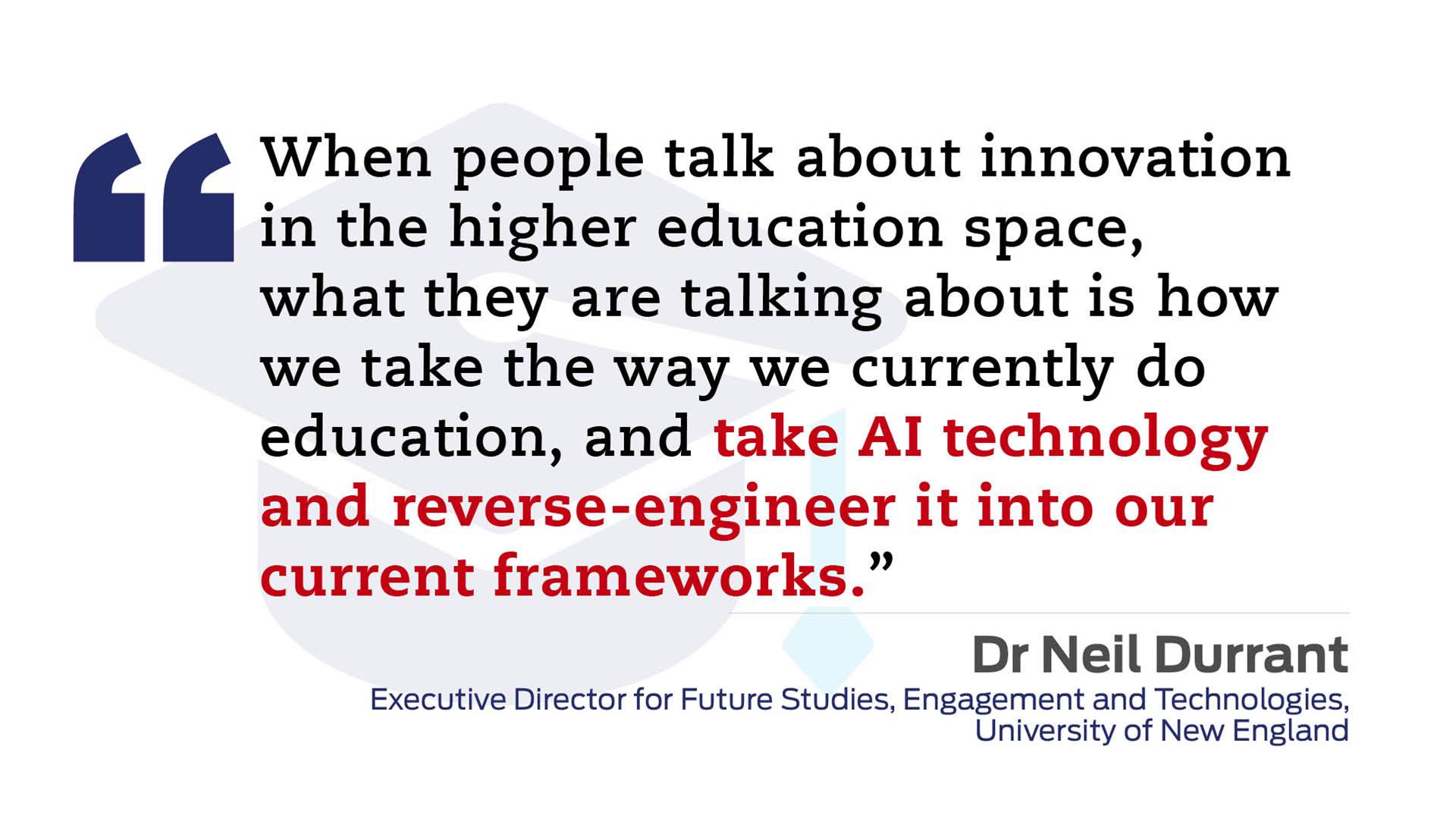
According to UNE’s executive director for future studies, engagement, and technologies, Dr Neil Durrant, the Lab is demonstrating that adopting AI effectively requires more than simply taking on the latest generation of tools.
“When people talk about innovation in the higher education space, what they are talking about is how we take the way we currently do education, and take AI technology and reverse-engineer it into our current frameworks,” Dr Durrant said.
“I have a radical view – that actually this presents us with a totally new paradigm for learning and for what teaching means, so what do we need to build around that?”
This radical approach meant the Lab was working on a range of experiments, such as looking at a student’s interactions with AI to see what could be learned from their behaviours rather than just their outputs.
“If we can create a digital learning environment, space will open up for academics and students in small groups to deeply engage in the material,” Dr Durrant said.
“That's what people really want - putting the ‘higher’ back into higher education.
“This is why we've created a Lab. It puts us into an experimental mindset where we need to try things out in safe ways.”
Since its formation in 2024 the Lab has drawn in academics from across the University, along with designers and developers, to codesign new learning environments and run a host of experiments to reexamine methods of content delivery and assessment using AI.
“By the end of the year we'll have run enough experiments to have our own sense of what's working and what's not, and have our academic staff evaluating some of the small-scale stuff we might do with students,” Durrant said.
“And then I guess we see how, and if, and when, we can scale up and start thinking about broadening the approach.” - Dr Neil Durrant, executive director for future studies, engagement and technologies, University of New England
A voyage of discovery
The easy accessibility of generative AI and its application in a wide variety of learning use-cases has meant that educators on all levels of the teaching and learning spectrum have been left wrestling with how best to embrace it.
For the majority of Catholic schools in eastern and northern Australia, many of those possibilities are in the field of interest of the not-for-profit service organisation CEnet, and its head of information technology, Alan Ibbett.
“Our AI approach is to say, ‘here's a tool, here's how it works, these are the boundaries, now show us what you can do’,” Ibbett said.
“And we're getting some extraordinary stuff coming back because we have thousands of teachers - and none of them are programmers – that have got some good ideas.
“We're enabling a whole new realm of learning, and we're also potentially saving teacher workload on those little jobs they need to do.”
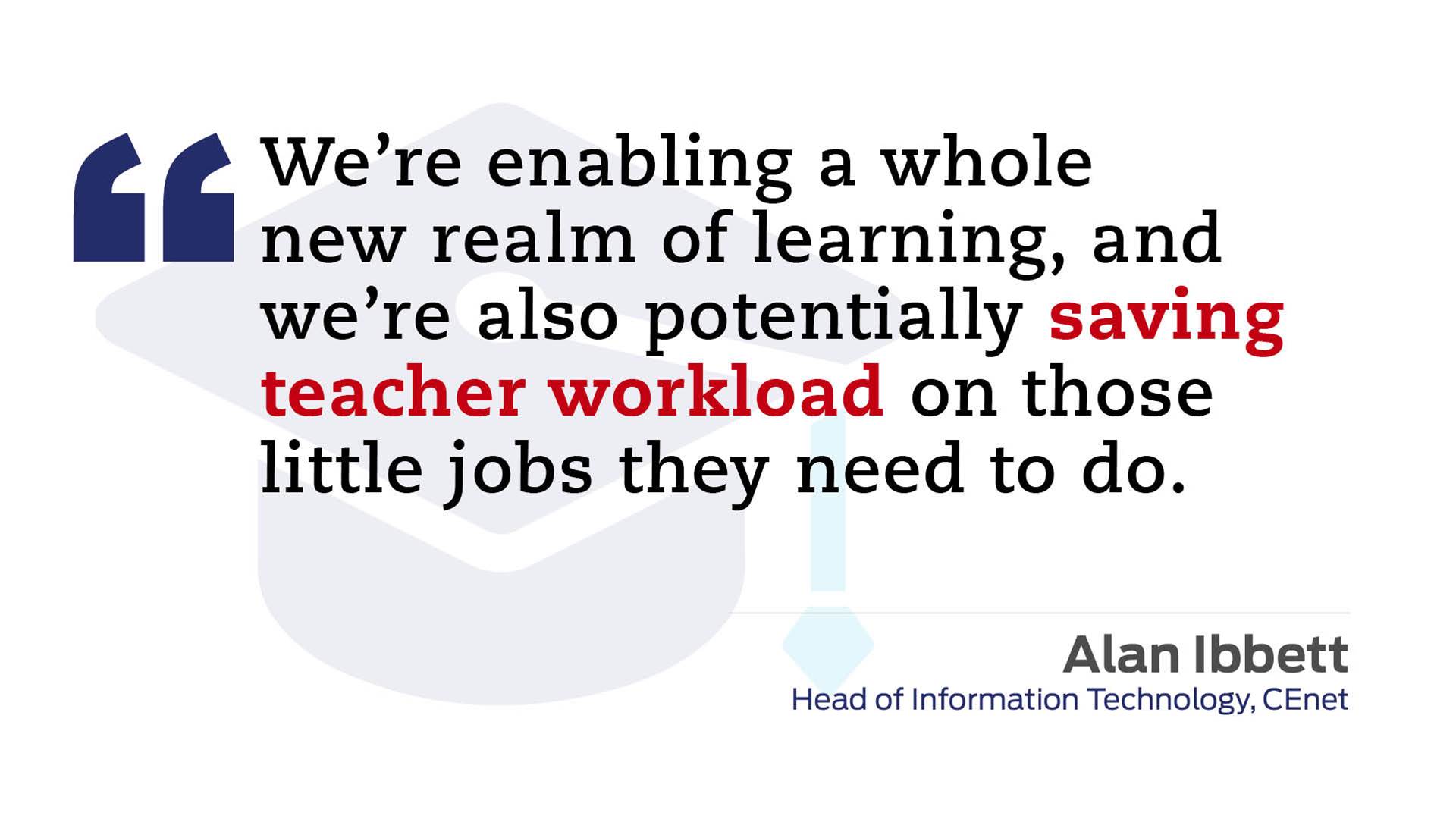
The Perth-based boys’ school Christ Church Grammar is no stranger to using software to support learning outcomes, having been a long-time user of the learning, assessment, and analytics platform from Education Perfect across much of its academic program.
Head of learning resources Lia de Sousa is looking forward to seeing what the introduction of AI can offer to both students and teachers.
“Teachers are time poor - they might be teaching 125 or so kids in a given day - and obviously they all vary,” said de Sousa.
“You want to be able to give them good quality resources.”
De Sousa said one of the important factors when choosing any software was to ensure that it could be tailored to a school’s specific needs.
“I've gone in, and I've changed grammatical examples, so they are actually taken from the stories that the students are studying in English,” said de Sousa.
While this boosted student engagement, she added that another important benefit of the software was the ability to generate an immediate report on a student’s performance once they completed a task.
“You also have the opportunity to either just let Education Perfect assign work that will help the student grow, or you can go in have a look and assign specific tasks,” de Sousa said.
These AI-based features had received a positive response from students, who often felt compelled now to retake tasks to improve their performance – something de Sousa speculated might be specifically because the feedback was not coming from a human.
“They are getting really specific feedback that they can use to tweak responses, and perhaps there’s a feeling of safety in that environment, that this is just a computer telling them what their work is.” - Alan Ibbett, head of information technology, CEnet
Stimulating technology-focused outcomes
The desire amongst educators for students to interact with technology is made more urgent by the knowledge that many will graduate into industries that are quickly being reshaped by it.
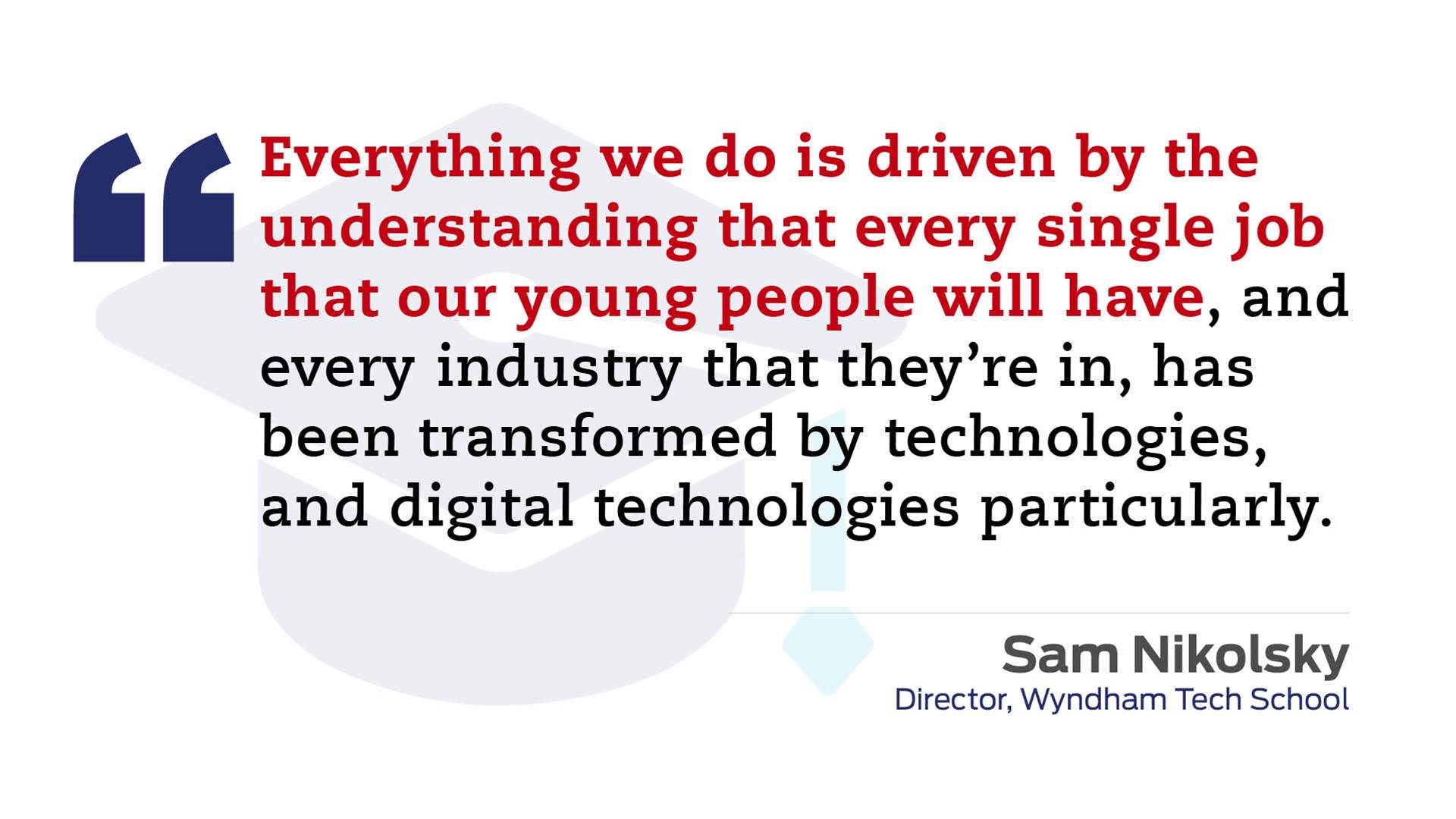
Preparing students for this future is a core mission for the Wyndham Tech School, a high-tech hub hosted by Victoria University and funded by Department of Education that supports 40 secondary schools in the Wyndham and Hobson's Bay regions of western Melbourne
Director Sam Nikolsky said the aim of the Wyndham Tech School was to help young people build the skills and the capabilities they needed to flourish in their careers.
“Everything we do is driven by the understanding that every single job that our young people will have, and every industry that they're in, has been transformed by technologies, and digital technologies particularly,” Nikolsky said.
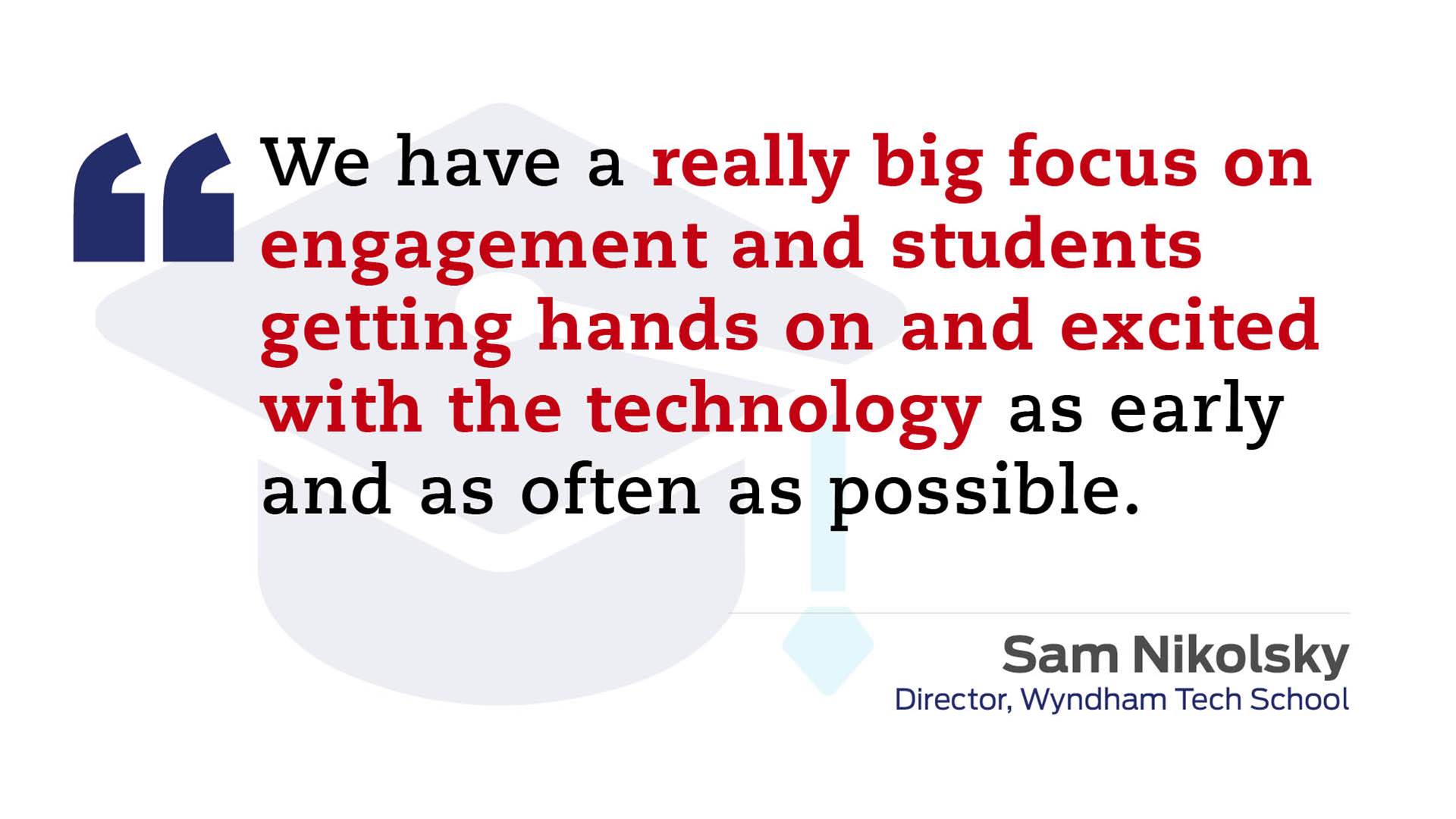
This meant closely examining the potential of technologies including AI and machine learning, robotics and automation, cybersecurity, data analytics, IoT, smart cities, and digital twins, and how they might improve society and the environment.
“And we particularly look at how these technologies underpin our focus industries like agriculture, building construction, healthcare, and then really bring that into the classroom,” he said.
“Every program is designed with an industry partner, and our education model is really focused on industry problems, using technology and students as innovators.
“So its students creating the solutions rather than just rote learning or memorising information and reciting it.”
This ambition is supported by state-of-the-art facilities such as a smart farm, built within a 40-foot shipping container and fitted out as a fully automated system capable of growing up to 3000 plants.
“We have a really big focus on engagement and students getting hands on and excited with the technology as early and as often as possible,” Nikolsky said.
“This includes using Boston Dynamic robots or Pepper robots, and also our podcasting studio, so every student sees themselves as a user of technology.”
Sophisticated outcomes
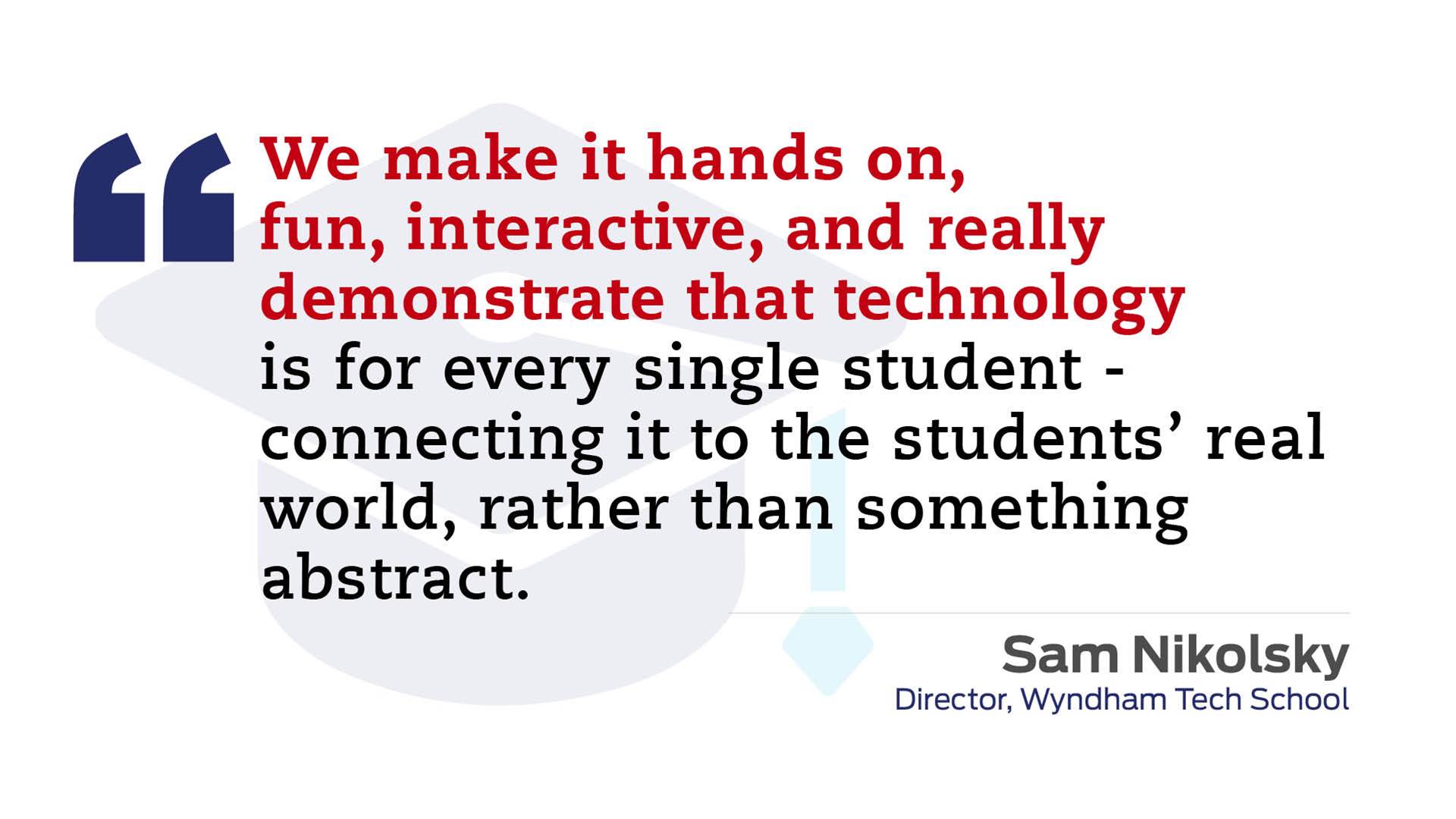
While the overall goal for the school was to be regarded as a global leader in STEM education, measuring success against that goal could prove challenging. Initial success had been seen through 25 secondary students signing up to the Certificate III in Emerging Technologies, delivered in partnership with Victoria University TAFE.
Ultimately, Nikolsky said success would be seen through how the Wyndham Tech School influenced the career pathways of students.
“There are almost two separate pathways,” Nikolsky said.
“There is the technology specialist side of things, but there’s also the general awareness and understanding that in health or agriculture or local government there's technology roles.
“So, we make it hands on, fun, interactive, and really demonstrate that technology is for every single student - connecting it to the students' real world, rather than something abstract.”
Education Champion
We are proud to present the 2025 Education Champion.

